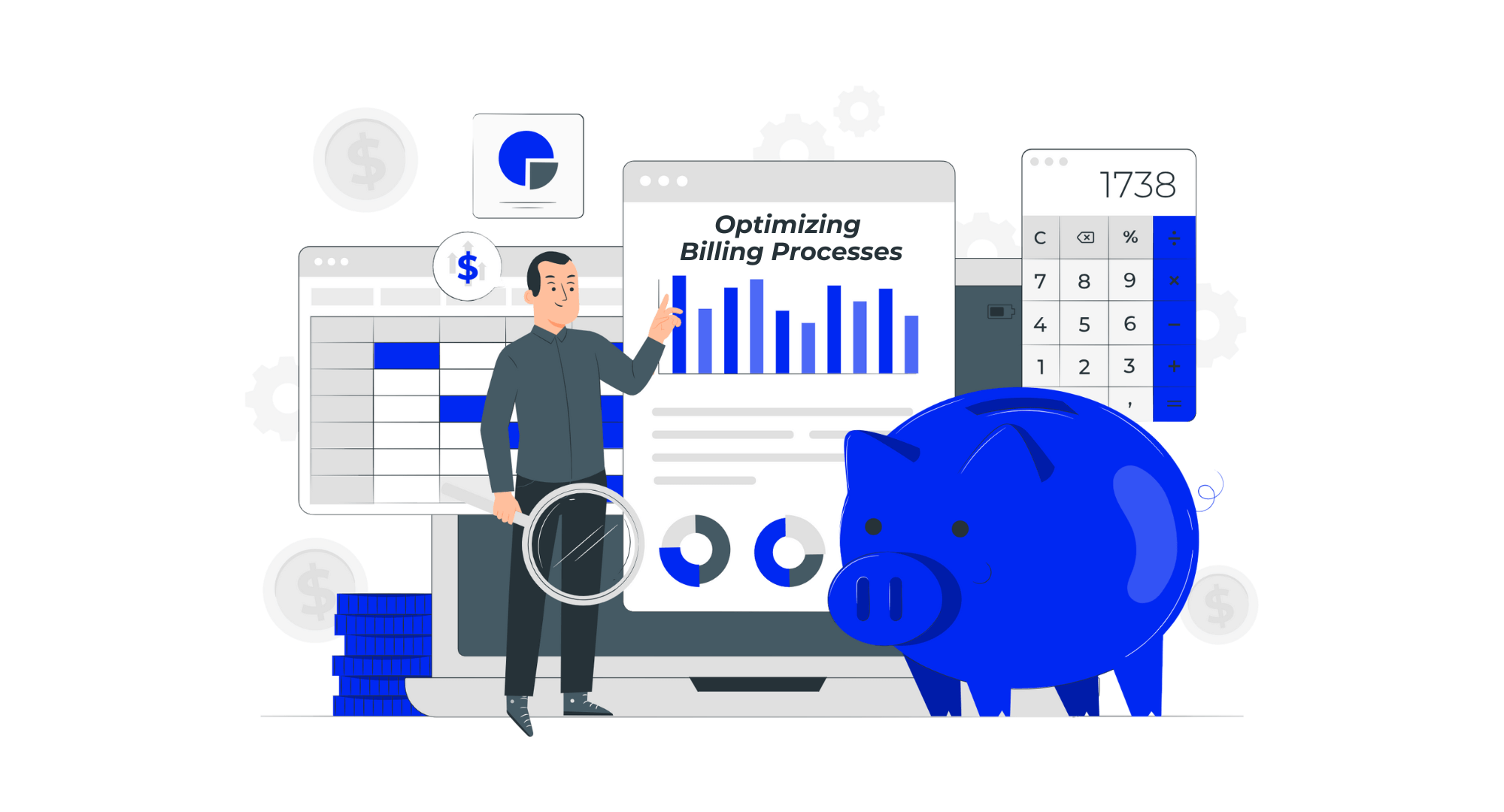We’ve all faced the challenges of billing cycle hiccups, lost invoices, manual blunders, and drawn-out tasks. But with a streamlined billing process, you can sidestep these issues and propel your business to its peak performance.
When your billing gets better, you get paid faster, maximize every billing chance, and build trust with clients. That equals more money in the bank and, in turn, improved customer relationships.
In this guide, we’ll break down how you can sharpen your billing game. We’ll lay out those common bumps in the road and share easy ways to get around them. By the time you finish, you’ll be equipped with strategies to optimize operations and boost your income effortlessly. But first, let’s understand what billing optimization is.
What is Billing Optimization?
Billing optimization is like giving your company’s finances a good spring cleaning. You take a good hard look at all your bills, figure out where you might be overspending, and then tweak things.
It could mean dropping services you’re not really using or hunting down a more budget-friendly option. Much like cleaning up your house brings a sense of order, this financial tidy-up guarantees value for every dollar spent. Here are some other benefits:
- Cutting unnecessary expenses boosts your savings in the long run.
- When you only pay for essential services, your operations become more efficient.
- By managing expenses well, you can price your products or services more competitively.
- Savings from optimized billing can be reinvested into the business, promoting growth and innovation.
- Regular basis reviews and bill adjustments make sure you aren’t caught off-guard by unforeseen expenses.
But how will you effectively implement this in your operations, especially if you’re a business owner, and how will you know which one will work?
How To Achieve Optimized Billing Management

Good billing isn’t just about seeing that cash roll in. It’s like building a strong friendship with your clients to make sure your business’s money game is on point.
Learn how SaaS billing can optimize your business operations.
Here’s what you can do:
1. Audit Regularly
Start by reviewing all your bills consistently. Checking your accounts receivable regularly will also make sure you’re on top of what customers owe you. This might sound simple, but a detailed audit can uncover unnecessary or outdated charges that have been flying under the radar.
If you’ve ever found yourself asking, “What’s this charge for?” or “Is this payment from customers who had outstanding invoices?” then you understand why this step is so vital.
Review line by line, look for services you no longer use, incorrect charges, or services you didn’t even know you were paying for.
It’s not just about looking at numbers but also ensuring that your team is well-trained and efficient. You can provide resources and training, like interview questions and answers, to optimize your processes and, in turn, your billing.
2. Consolidate Billing
If you have multiple accounts with a single service provider, ask about consolidating them into one bill. Cleaning up your paperwork lets you easily see your costs. Also, when you group services, many companies give you a discount, saving you some money.
3. Automate Wherever Possible
Software and tools that track recurring expenses automatically help you identify anomalies or sudden spikes in costs. With automated alerts, you can resolve billing errors more quickly, ensuring you only pay for what you have actually used.
Using automated tracking lets you set budgets and monitor your spending instantly.
4. Negotiate Contracts
When discussing billing practices with providers, don’t just accept the first price you’re given, especially if you’re a long-term customer.
Suppliers are often flexible in their pricing, and even a small discount can accumulate into significant annual savings. Regularly check in with your providers to discuss your ongoing needs and how they might offer you a better package or rate based on their billing procedure.
5. Stay Updated On Market Rates
Market rates for services and utilities are not static; they change. New competitors may offer better rates, and existing providers may revise their pricing. So, consistently monitor market rates and be prepared to switch or renegotiate your existing contracts to get the best deal.
Read our article to learn how the prorated billing process works.
6. Set Budgets And Stick To Them
A clearly defined budget can act as a financial guardrail, helping you avoid accidental overspending. Communicate these budgets clearly across relevant departments and monitor them regularly.
If you find a department consistently exceeding its budget, that’s a cue to review and potentially adjust.
7. Review Service Needs Consistently
As your business grows or downsizes, your service needs will change. Regularly assess your existing services to ensure they align with your current business size and needs. There’s no point in paying for a large-scale service if your operations have scaled down or vice versa.
8. Integrate With Customer Support
Billing isn’t just an internal function; it directly affects customer satisfaction. When your billing system, especially the customer billing process, is integrated with your customer support, you can resolve billing queries and issues faster. This not only saves on time payment but also solidifies trust, paving the way for future projects with loyal customers.
Ensure an efficient collection process and address any accepted claims promptly to improve customer trust and retention.
9. Invest In Training
Your employees, especially your billing staff, are the first defense line against billing errors and inefficiencies. Train them on standard billing practices and updated billing procedures to manage and review expenses effectively.
10. Encourage Employee Feedback
Employee feedback can provide invaluable insights into operational efficiencies and possible savings. Encourage an open dialogue where employees feel comfortable suggesting new vendors or identifying redundant services. This can be an innovation source in your cost management.
11. Be Proactive
When discussing payment, understand the entire payment process, including online payment methods. Make sure your billing schedule aligns with your customer’s expectations, and be clear on payment details and payment plans so that there are fewer surprises.
9 Effective Ways To Maximize Revenue & Efficiency In Your Billing Process
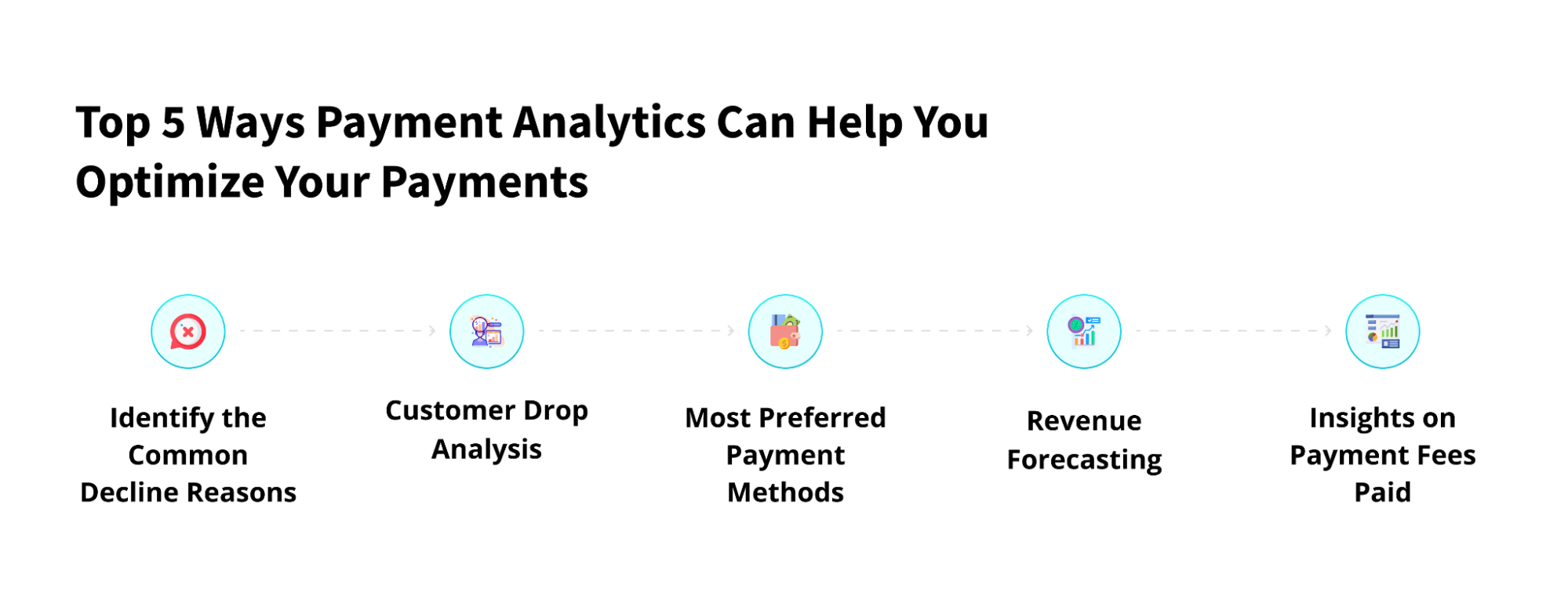 (Source)
(Source)
Besides following these medical billing process steps to a T, there’s a lot you can do to streamline your operations. Efficient billing isn’t just about getting paid; it’s about cultivating client rapport, ensuring precise invoice processing, and minimizing invoice errors to ensure your business’s financial well-being. Now, let’s delve into how you can optimize the billing process.
1. Implement Dynamic Pricing
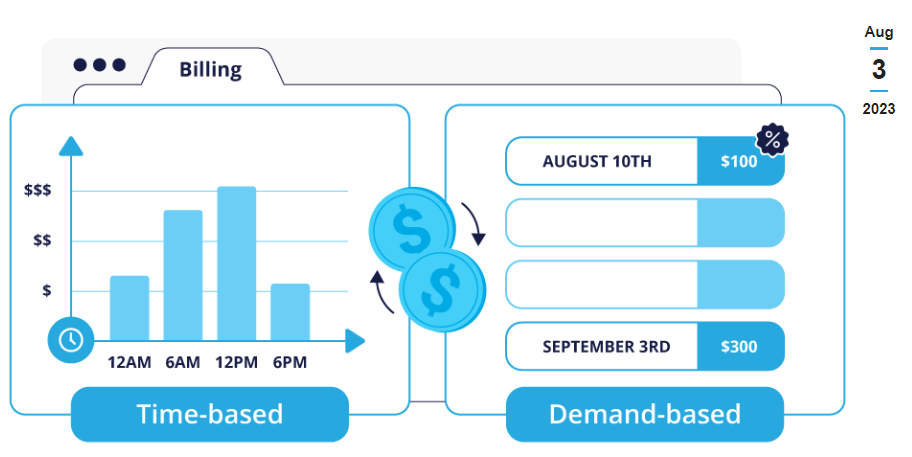 (Source)
(Source)
Dynamic pricing is a technique where prices aren’t fixed. Instead, they’re adjusted in real-time or near real-time based on specific factors like:
- Demand and supply: Demand and supply are dynamic pricing’s backbone. When demand is high and seats or rooms are limited, prices rise. Conversely, when demand is low, prices drop to encourage sales and fill capacity.
- Competitor behavior: It’s not just about what you want to charge but also about what competitors charge. With tools that track competitor prices, you can adjust your prices to stay competitive, ensuring you don’t lose customers based purely on cost.
- Time and seasonality: Have you ever wondered why Christmas or New Year flights are expensive? Dynamic pricing takes seasonality, holidays, weekends, and even daytime in some industries into account. For instance, electricity might be cheaper at night when fewer people are using it. If you’ve ever used Google Flights, you’d see how flight prices can vary widely depending on the timing and season. It’s a useful tool to understand these market shifts and plan your trips accordingly.
- Data analysis: Data is king in dynamic pricing. By analyzing past sales, customer behaviors, and market trends, you can predict when to raise or lower prices. If you’re working with large data amounts or managing ETL processes, understanding tools and comparisons, such as those between Airbyte, Fivetran, and Estuary, can also help streamline data-related billing. Advanced algorithms and software help automate this, ensuring businesses react swiftly to market changes.
- Special events: Hotels near festival grounds or sports arenas might increase prices when a big event is in town, anticipating higher demand.
The result? Dynamic pricing helps you earn more money. It also makes billing more efficient and transparent. Customers pay a price that reflects the current market value. This fairness builds trust and keeps your business running smoothly.
2. Simplify Invoice Presentation
A clear, understandable invoice is more than just a bill – it’s a communication tool. This is a critical part of your typical billing process. Confusing or cluttered invoices often cause payment delays, spark disputes, and sometimes cost you business.
Every line item should be transparent, with no hidden charges or vague descriptions. For instance, take a look at Apple. Their purchase receipts clearly detail each item, its price, and relevant taxes. It’s straightforward, so you understand what you’re charged for.
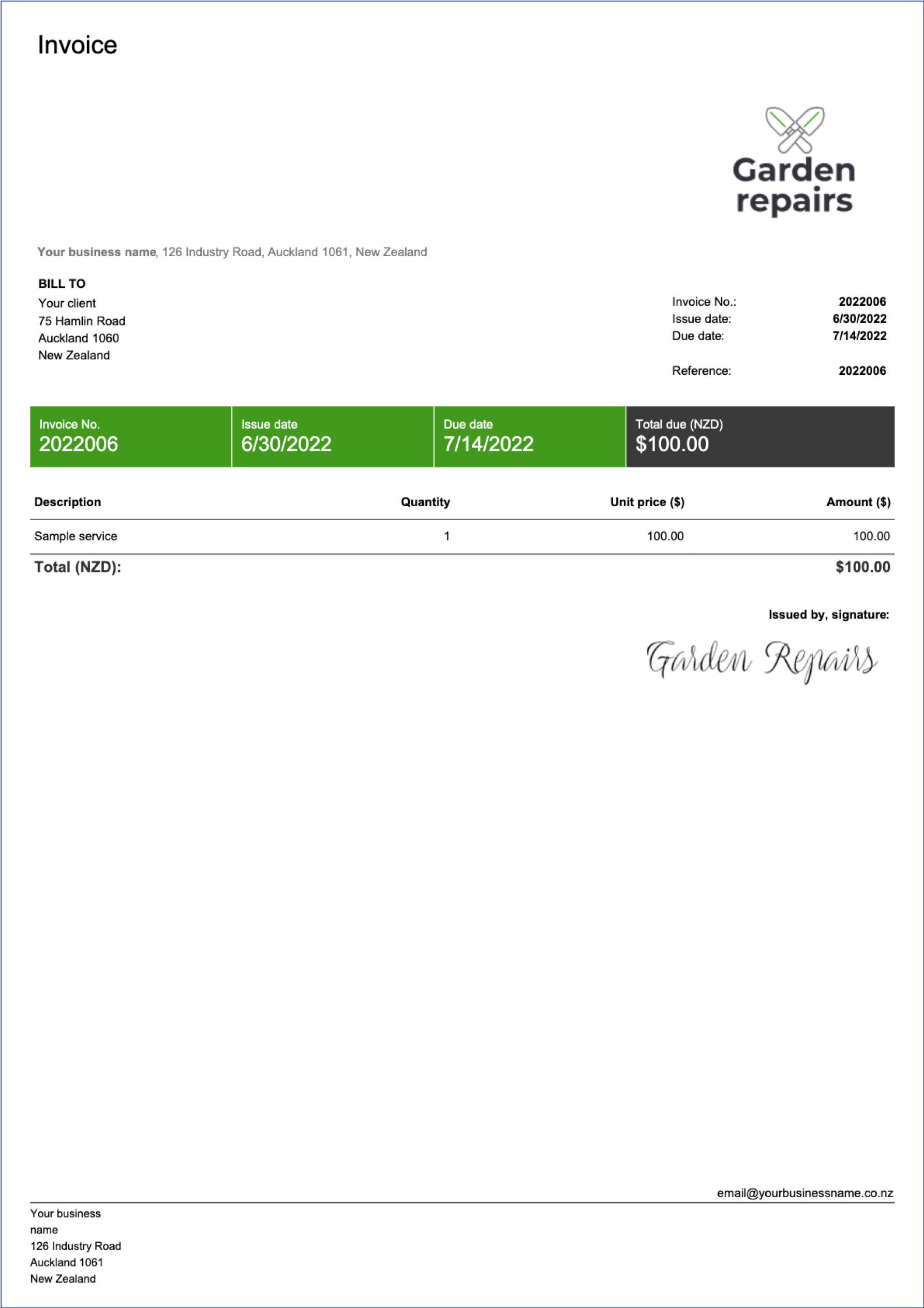
Consider adding explanations or breakdowns for more complex charges. When customers easily comprehend what they’re paying for, they’re more likely to pay promptly and with fewer questions, streamlining the entire payment process.
3. Offer Multiple Payment Methods
In today’s online times, everyone loves easy options. As more shops go online, people want more ways to pay. Stay in the loop by joining eCommerce shopping communities to learn the latest payment trends.
Make sure you’re serving up a mix of both classic options, like credit cards, and newer methods, such as e-wallets and direct online transfers.
Each method has its own processing time and fee structure, so choose wisely and offer a balanced mix.
Consider Amazon’s checkout process. They allow payments via credit cards, gift cards, PayPal, and more. This diversity makes sure every customer can easily use their preferred payment method.
By reducing payment friction, businesses can encourage timely settlements and improve overall customer satisfaction. Additionally, with international businesses on the rise, it’s becoming more important than ever to accommodate global clients.
This might involve integrating payment methods popular in specific regions, like Alipay in China or UPI in India.
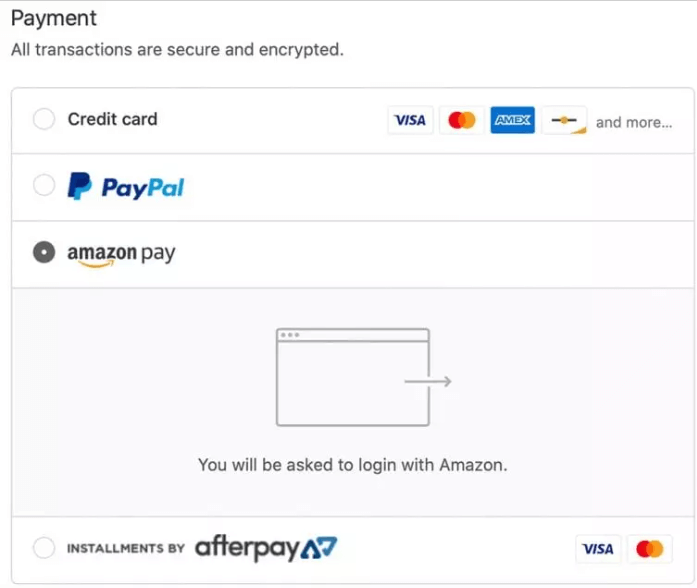
Moreover, security should be paramount when integrating multiple payment methods. Ensure that each payment gateway is secure and compliant with local and international regulations to build trust with clients.
A client who trusts the payment security system is far more likely to complete a purchase and return for future transactions. Furthermore, continue to revisit and update available payment options based on customer feedback and usage data to enhance the billing experience.
As fintech evolves, staying current with the most user-friendly and secure options can set a business apart on customer satisfaction and operational efficiency.
4. Use Predictive Analytics
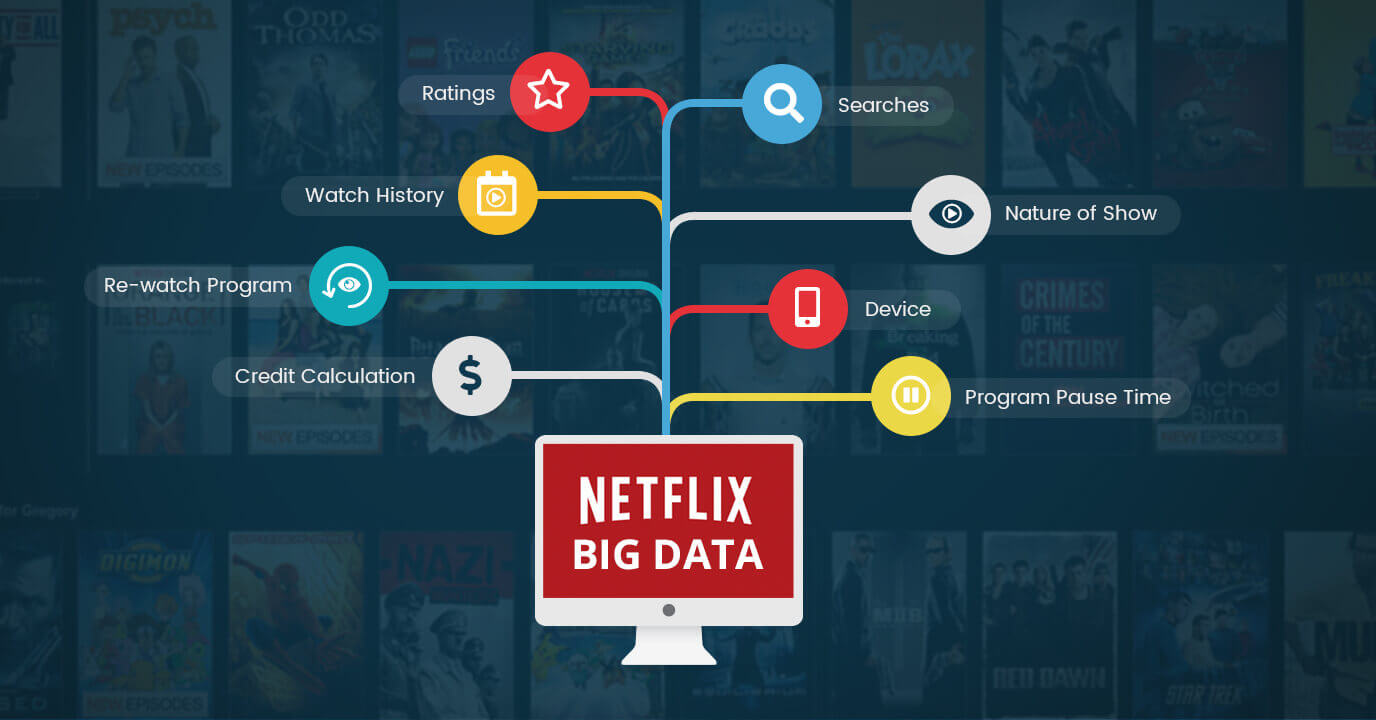 (Source)
(Source)
Predictive analytics can offer insights into billing cycles and billable hours, essentially serving as a crystal ball for your business. By analyzing past data like billing patterns and market shifts, you can make valuable predictions about what’s coming next.
This insight can hint at when a client might be more receptive to time payment options or when they might be tight on cash. Maybe switching their billing cycle could help.
Think of it like this: Netflix uses this magic to guess which shows members will binge next. Amazon? They use it to figure out what customers might want to buy.
Plus, by spotting potential hiccups before they happen, you can smooth things out in advance. This means fewer mix-ups, more timely payments, and having customers who feel really taken care of. It’s a win-win for everyone.
5. Set Up Recurring Billing for Regular Clients
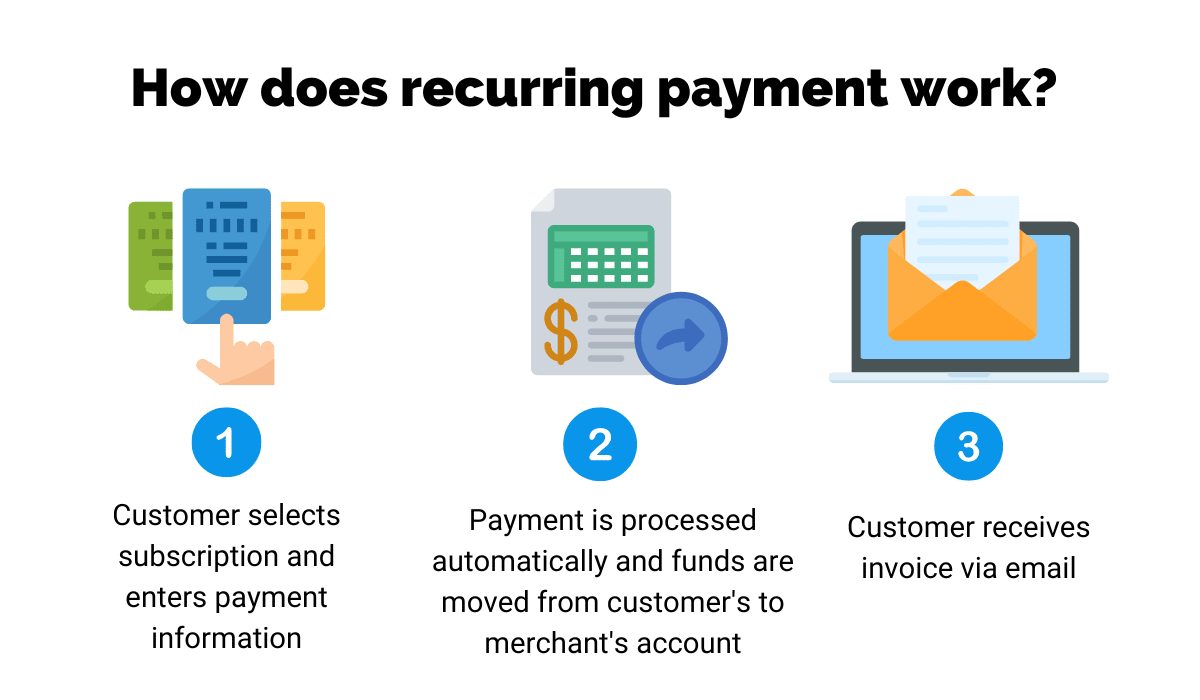
(Source)
A recurring billing system gives you a smooth link between client payments and your services. It locks in steady revenue for you and dishes out uninterrupted service for your clients.
For instance, imagine a subscriber to a monthly magazine. With recurring billing, they no longer have to renew every month manually. Instead, they get their favorite read delivered without interruption, and you get timely payments.
Customers love it because they can sit back and enjoy services without having to remember pesky payment dates. You get a more predictable cash flow and often see customers sticking around longer.
However, It’s super important for businesses to keep things transparent. Clients should always know what they’re charged for and should easily pause or opt-out if they want to. Regularly checking in and adjusting any billing changes makes sure both sides stay happy and feel everything’s square and fair.
6. Early Payment Incentives
Positive reinforcement can be a powerful tool. By offering discounts, bonus services, or other perks for early payments, businesses incentivize clients to settle their bills time ahead. This strategy not only makes sure there’s a faster cash inflow but can also boost client loyalty and satisfaction for long-term business relationships.
Consider how magazine subscriptions sometimes offer a discount for annual upfront payments. By adopting this strategy, you give your clients a chance to save while you accelerate your revenue collection.
7. Late Payment Penalties
Just as rewards can encourage early payments, penalties can deter late ones. You can set the tone for timely settlements by adding clear and fair late fees for overdue payments.
But remember, find the middle ground. Late fees shouldn’t be too soft or too harsh to maintain a good relationship with your clients.
This is a common tactic with credit card companies. If you don’t pay the minimum amount by the due date, they might charge you a late fee, nudging you to pay on time. Late fees do more than just secure timely payments. They also teach clients about money smarts and promote healthier financial habits.
Try to inform clients about potential late fees in advance and reiterate them in follow-up reminders. Transparency about these fees ensures clients don’t feel blindsided.
Moreover, allowing customers to discuss or dispute charges can foster fairness and understanding, further solidifying trust. It’s also worthwhile to consider flexible approaches, like grace periods or adjusting penalties based on the client’s history.
A loyal client who misses a payment deadline for the first time might deserve leniency compared to a repeat offender. Tailoring your approach can reinforce positive behaviors without alienating your client base.
8. Streamline Dispute Resolution
Disputes are inevitable, but how a business handles them can make all the difference. Having a clear, efficient resolution process demonstrates professionalism and commitment to customer satisfaction.
When your clients know that their concerns will be addressed promptly and fairly, trust is reinforced, laying the foundation for continued business collaboration.
Airbnb’s approach is a prime example here. They have a dedicated resolution center to handle any disputes between guests and hosts, ensuring fair and efficient resolutions.
In any industry, especially those like shipping or logistics, make sure clear protocols and documentation are in place. Getting the hang of key documents, like the Bill of Lading and its legal must-knows, can help you sort out billing disagreements fast and maintain trust with your clients.
9. Personalize Customer Interactions
Personalizing interactions in billing is more than just using the customer’s name in emails—it’s to make every communication meaningful and relevant.
When you customize your communications, it makes the customer feel recognized and valued.
Ever heard of tools like Mailchimp or HubSpot? They let you jazz up your emails with a personal touch. Imagine getting a message that starts with, “Hello, Sarah!” instead of the usual “Dear customer.” Feels nice, right? These little gestures can make a world of difference in how folks see your business.
Referencing past interactions shows that you remember and value your customers. If a customer showed interest in a product but didn’t buy it, sending a reminder or offer related to that product can make a difference. A message like “Hey John, remember the premium package you looked at? It’s on sale now!” can trigger action.
In some sectors, personalization goes beyond billing. For example, businesses in the pet industry might look into specialized offers like in-home dog training to cater to specific customer needs, ultimately enhancing the overall client experience and potentially increasing revenue.
In the billing context, personalization allows timely payments and increased trust. When customers feel a company understands and values them, they’re more likely to stay loyal. Utilizing tools like SMTP or API for e-mail can help streamline and enhance the personalization process in your communication strategy.
Conclusion
In the world of business, getting your billing process on point is like finding the shortcut to success. When your billing game is strong, payments come in quicker, revenue opportunities multiply, and your clients learn to trust you like never before. It’s like giving your business an extra boost.
The best tools for small businesses can make all the difference. Remember, to keep your invoices clear and accurate and a little nudge in the form of reminders can keep things sailing smoothly.
For those seeking the perfect invoicing companion, Billdu might just be the answer. Tailored for the needs of small businesses, it promises to streamline your billing process. Why not give it a try and let efficiency take the front seat?
Unlock the power of billing automation with Billdu!
Embrace the efficiency and convenience of automated billing by utilizing Billdu’s cutting-edge solutions. Streamline your financial processes and save valuable time while ensuring accurate and timely invoicing.

